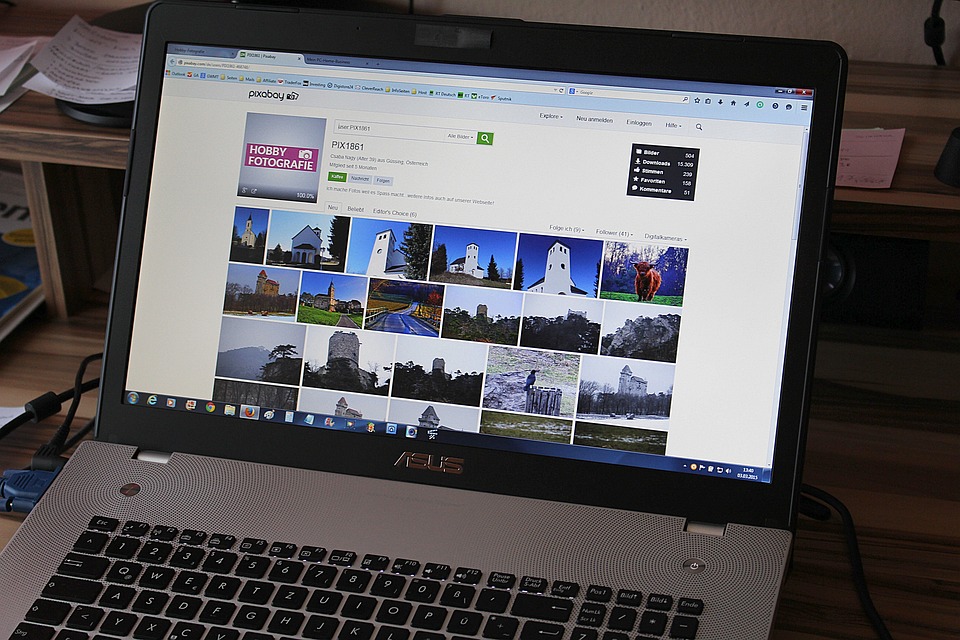In today’s digital landscape, where a significant portion of web traffic comes from mobile devices, responsive web design (RWD) has become essential for creating websites that meet user needs. Responsive web design ensures that a website’s layout and content adjust seamlessly based on the size of the user’s screen—whether it’s a smartphone, tablet, or desktop. This blog explores the importance of responsive web design and how developers can leverage frameworks like Bootstrap and CSS Grid to create adaptable sites that offer an optimal user experience across all devices.
Why Responsive Web Design Matters
-
Improved User Experience: A responsive website provides a consistent and enjoyable user experience regardless of the device being used. With more users browsing the internet on mobile devices, an RWD ensures that users don’t have to zoom in or scroll awkwardly to read text or navigate menus.
-
Increased Reach: With diverse devices available in the market—from laptops to smartwatches—RWD allows businesses to reach a wider audience. Catering to users on various devices enhances engagement and encourages longer time spent on a site.
-
SEO Benefits: Search engines like Google prioritize mobile-friendly websites in their rankings. An RWD approach eliminates the need for separate mobile sites, which can dilute SEO efforts. By providing a single URL for all devices, it streamlines the way search engines crawl and index the content.
-
Cost Efficiency: Maintaining multiple versions of a website increases development and maintenance costs. With a responsive design, developers can focus on a single codebase, making updates and modifications simpler and more cost-effective over time.
- Future-Proofing: Responsive design ensures your website is prepared for the future, as new devices and screen sizes continue to emerge. Instead of creating a different version of your site for every new device, RWD allows for flexibility and scalability.
Implementing Responsive Web Design
Bootstrap: The Popular Framework
Bootstrap is one of the most widely-used frameworks in web development, primarily because of its ease of use and robust features. Here’s how developers can create responsive designs with Bootstrap:
-
Grid System: Bootstrap’s grid system is built using a 12-column layout that allows for responsive designs by providing a flexible framework for placing elements. Developers can create rows and columns that stack and rearrange based on the screen size using predefined classes.
<div class="container">
<div class="row">
<div class="col-md-4">Column 1</div>
<div class="col-md-4">Column 2</div>
<div class="col-md-4">Column 3</div>
</div>
</div> -
Components and Utility Classes: Bootstrap comes with various pre-built responsive components, such as navigation bars, modals, and buttons. Developers can also utilize utility classes for margins, paddings, and visibility options to enhance the responsive experience further.
-
Responsive Images: Using the class
img-fluid, Bootstrap makes images responsive, allowing them to resize appropriately while maintaining their aspect ratio.<img src="image.jpg" class="img-fluid" alt="Responsive image">
CSS Grid: The Versatile Layout System
CSS Grid Layout is a powerful layout system that provides developers with complete control over how their website is structured. Here’s how to effectively implement responsive design with CSS Grid:
-
Defining a Grid: Developers can create a responsive layout by defining rows and columns using CSS grid properties. For example, using
grid-template-columns, developers can define different column sizes that can adapt based on the viewport..grid-container {
display: grid;
grid-template-columns: repeat(auto-fill, minmax(200px, 1fr));
gap: 10px;
} -
Media Queries: By utilizing media queries, developers can change grid properties based on the screen size. This allows for greater customization, enabling specific layouts for mobile, tablet, and desktop views.
@media (max-width: 600px) {
.grid-container {
grid-template-columns: repeat(1, 1fr);
}
} - Flexibility and Positioning: CSS Grid also allows for easy element placement and overlap, giving developers the flexibility to design unique responsive layouts without compromising on functionality.
Conclusion: Embracing Adaptability
In an era where user experience is paramount, responsive web design is no longer an optional feature; it’s a necessity. By creating sites that adapt to various devices and screen sizes, developers can deliver a superior user experience that caters to the needs of their audience. Utilizing frameworks like Bootstrap and CSS Grid simplifies the process of creating responsive websites, empowering developers to embrace adaptability and ensure their projects are equipped to thrive in a diverse digital landscape. Whether you’re a seasoned developer or just starting, prioritizing responsive design will undoubtedly lay a solid foundation for your web development journey.




